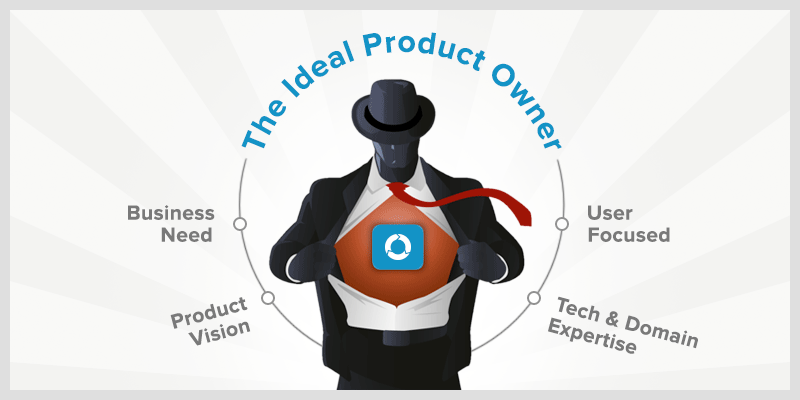Do you have the skills to be an effective product owner?

In every single project that I’ve worked on, I’ve noticed one undeniable pattern – the product owner is the key person that can make or break the project. I’ve already covered the five most important product owner skills. In this post, I will focus on how to handle the most common situations that product owners in agile environments face.
Understanding and Picking the Right Product Owner
First of all, any project that has multiple product owners or C- or VP-level product owners is always going to be a challenge and will be more likely to fail than succeed. Why is having multiple product owners not effective? Because, if you have multiple product owners, who gets to make decisions? Who should stakeholders turn to? Who should developers and the ScrumMaster address their questions to? What happens if the product owners have two opposing views? What happens if they don’t get along? Who is really responsible and the real owner of the product? The more product owners you have in a project, the more likely you are to have assumptions and maybe even conflicting viewpoints. In addition, multiple product owners can cause unnecessary confusion when making decisions and defining best practices.
The “right” product owner should be available to take full ownership of the product and dedicate the majority of their time to it.
Why is a C-level executive, VP, or manager not effective as a product owner?
While it is helpful to have a C- or VP-level product sponsor, people in these roles rarely make effective product owners. Their primary work function is to manage whole departments and multiple processes. They will not be able to zoom in on one specific project and product to make it successful. They will be expected to go to every meeting, be involved in the minute details of the project, and manage everything. These are unreasonable expectations, and it is unlikely that a high-level manager will have the time to do everything. A product owner should dedicate anywhere from 60 to 100 percent of their time and effort to a project in order for it to be successful. If the upper level manager takes ownership of a product, what will happen with their other duties and work? Instead, the upper management should carefully pick the product owner and empower them to make the right decisions.
The “right” product owner should be available to take full ownership of the product and dedicate the majority of their time to it. They must understand what needs to be built and have a vision of the final product. They must be willing and able to talk with all stakeholders and communicate clearly to the Scrum Master and developers. In addition, they should be able to prioritize features and functionalities while communicating the reasoning behind all decisions.



